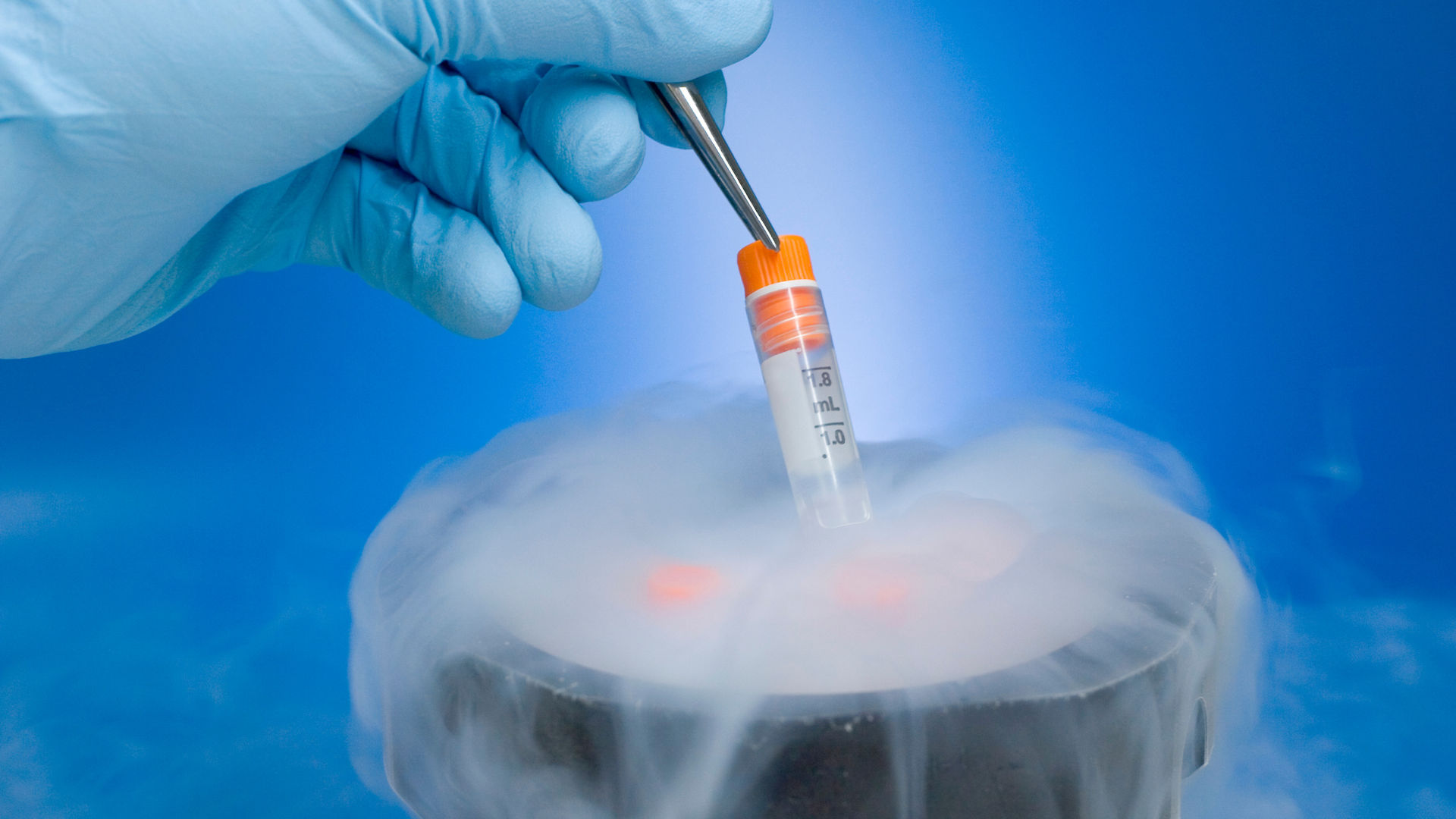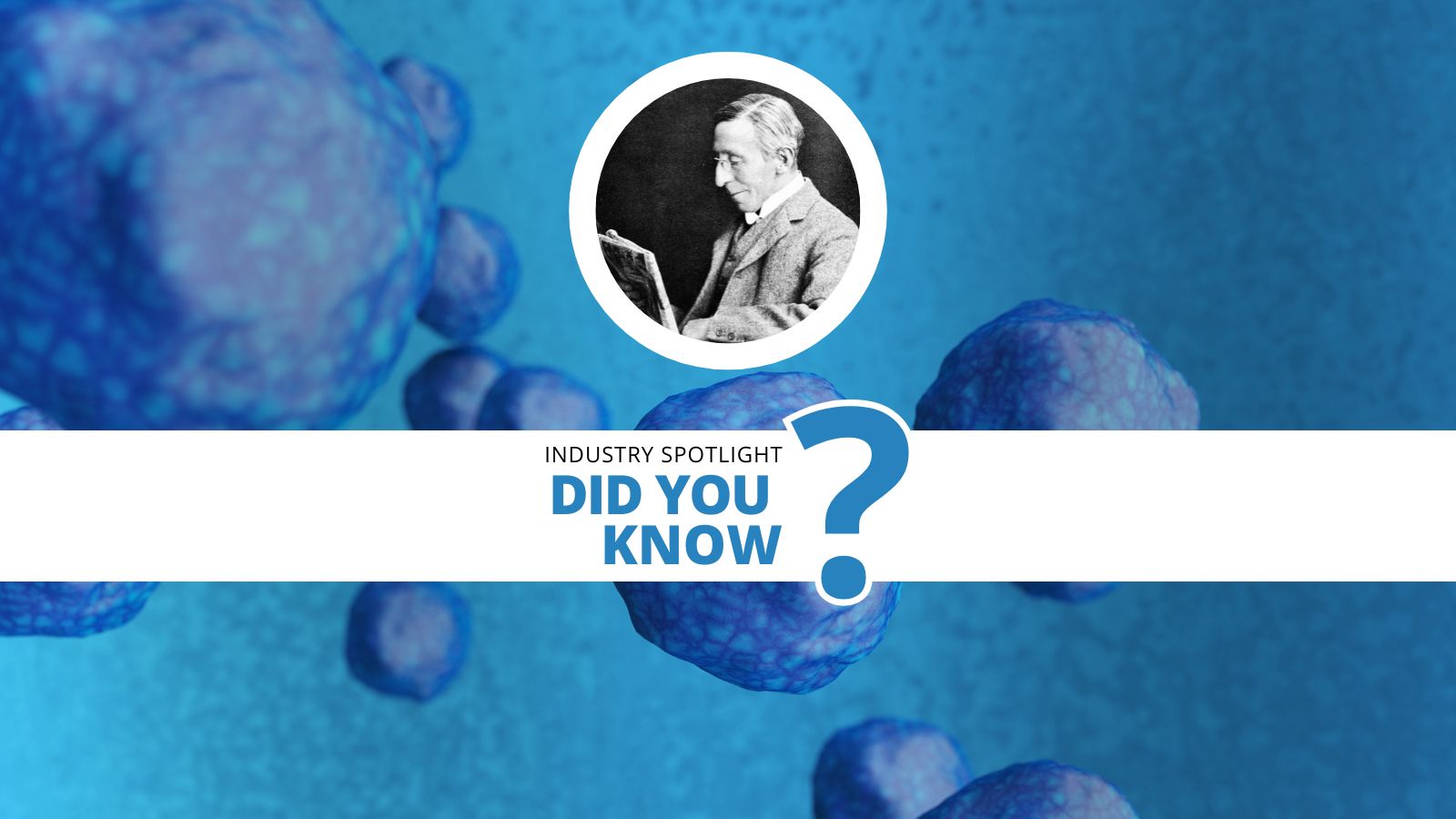Putting Menopause on Hold: Could Ovarian Cryopreservation Prevent Menopause?

An extensive investigation led by Kutluk Oktay, an ovarian biologist and pioneer in reproductive health at Yale School of Medicine (YSM), suggested that conducting ovarian cryopreservation in healthy women could delay or even prevent menopause.
Ovarian cryopreservation is a technique that involves removing the egg-producing portion of the ovary called the ovarian cortex. This tissue is then frozen and stored using a technique called cryopreservation, a method used to preserve cells and tissues at very low temperatures. Next, the tissue is thawed and transplanted back into the patient using a simple surgical procedure when needed.
According to a study published by the American Journal of Obstetrics & Gynecology, cryopreserving ovarian tissue in healthy women could extend women’s childbearing years and minimise health risks associated with menopause.
Otkay and his colleagues gathered existing data from hundreds of ovarian cryopreservation and transplantation procedures. The data sets examined how ovarian follicles behave in ovarian tissue.
RELATED:
- Preserving Life's Potential: Methods and Conditions of Cryopreservation
- Improving Control Strategies for Bioprocessing & Cell Culture
- Proactive Approaches to Cell Culture Media and Process Control Strategies
Based on the collected data, Otkay constructed a mathematical model to estimate how long the surgery could postpone menopause in healthy women below the age of 40. The mathematical model takes into consideration women between the ages 21 and 40.
Various factors were accounted for when the model was developed such as the amount of ovarian tissue extracted, ovarian follicle survival rates post-transplantation, and patient age. Notably, the patient’s age at the time of surgery emerged as the most significant determinant in influencing the extent to which menopause could be delayed.
The model predicted that for the majority of women under 40 years old, cryopreservation and transplantation of ovarian tissue could significantly delay menopause, particularly if follicle loss post-transplantation can be reduced. Data analysis estimated that harvesting tissue earlier in life (e.g., by the age of 30 years) could allow women to delay menopause significantly. Whereas the delay is reduced if harvest occurs near or after the age of 40 years, especially for women with a low ovarian reserve at birth.
Otkay highlighted the model’s clinical usefulness by stating that, “This model gives us the optimum amount of tissue to harvest for a person of a given age.”
The predictions show positive results, yet ovarian cryopreservation still faces several challenges. For example, while the study sample comprised healthy women, performing the procedure on cancer patients risks reimplanting malignant cells with healthy tissue. Furthermore, current studies on animal models show that up to 60% of primordial follicles do not survive post-transplantation, meaning only 40% are viable. Additionally, ovarian tissue is rarely preserved above the age of 35 due to declining ovarian reserve, which could influence the outcome of transplantation.
While further in-depth research is necessary to fully explore the potential of ovarian cryopreservation, the initial findings are promising, and long-term implications could revolutionize future medical practices. Overall, this procedure could offer women greater autonomy regarding their reproductive timelines and challenge existing ideas and norms around women’s health.








